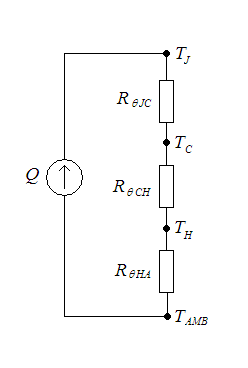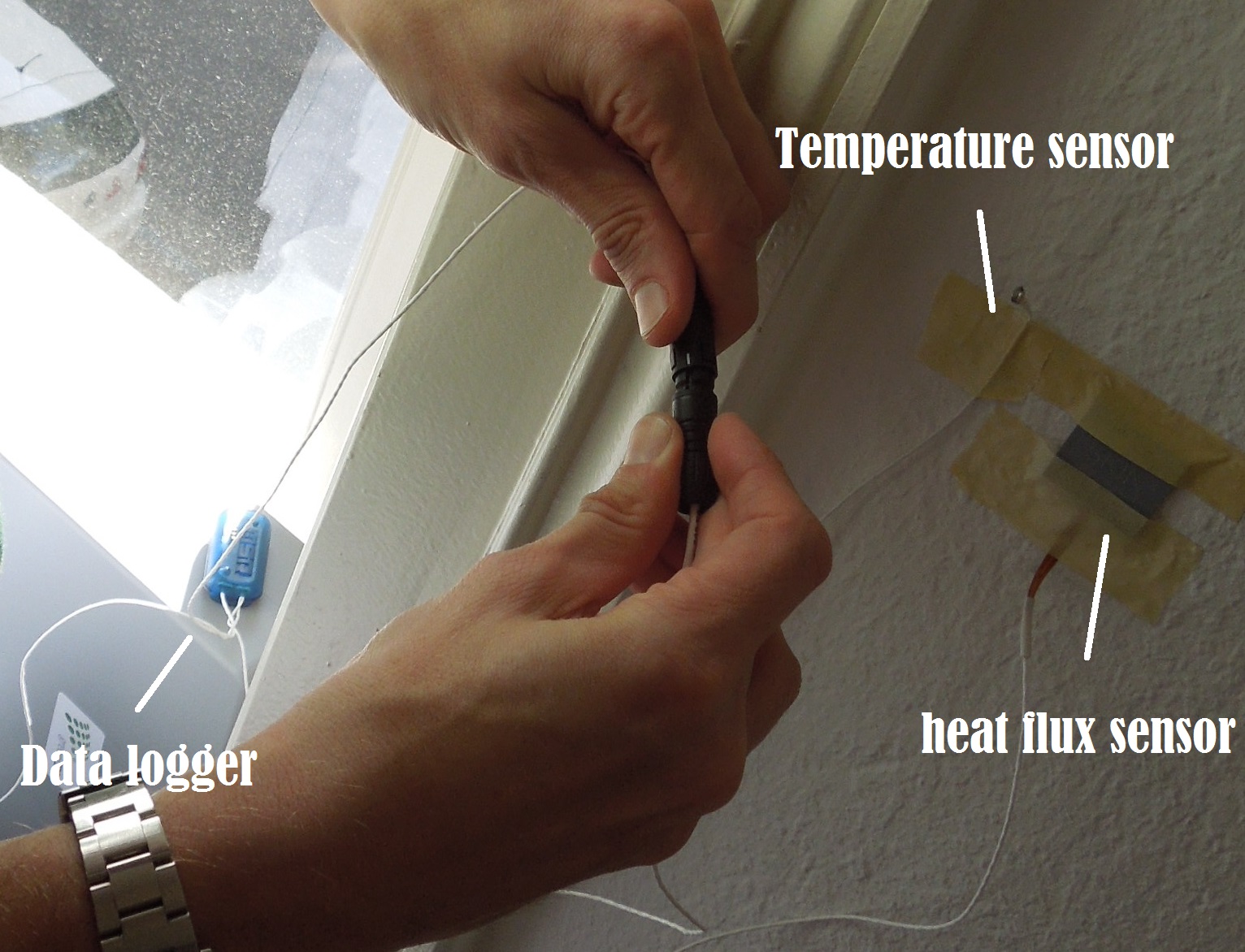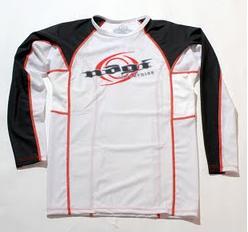|
Tog (unit)
The tog is a measure of thermal insulance of a unit area, also known as thermal resistance. It is commonly used in the textile industry and often seen quoted on, for example, duvets and carpet underlay. The Shirley Institute in Manchester, England developed the tog as an easy-to-follow alternative to the SI unit of m2⋅K/W. The name comes from the informal word ''togs'' for 'clothing', which itself was probably derived from the word ''toga'', a Roman garment. The backronym ''thermal overall grade'' is also attested. The basic unit of insulation coefficient is the ''R''SI, (1 m2⋅K/W). 1 tog = 0.1 ''R''SI. There is also a US clothing unit, the clo, equivalent to 0.155 ''R''SI or 1.55 tog, described in ASTM D-1518. A tog is 0.1 m2⋅K/W. In other words, the thermal resistance in togs is equal to ten times the temperature difference (in °C) between the two surfaces of a material, when the flow of heat is equal to one watt per square metre. B ... [...More Info...] [...Related Items...] OR: [Wikipedia] [Google] [Baidu] |
Thermal Insulance
In the context of construction, the R-value is a measure of how well a two-dimensional barrier, such as a layer of insulation, a window or a complete wall or ceiling, resists the conductive flow of heat. R-value is the temperature difference per unit of heat flux needed to sustain one unit of heat flux between the warmer surface and colder surface of a barrier under steady-state conditions. The ''R-value'' is the building industry term for thermal resistance "per unit area." It is sometimes denoted RSI-value if the SI units are used. An R-value can be given for a material (e.g. for polyethylene foam), or for an assembly of materials (e.g. a wall or a window). In the case of materials, it is often expressed in terms of R-value per metre. R-values are additive for layers of materials, and the higher the R-value the better the performance. The U-factor or U-value is the overall heat transfer coefficient and can be found by taking the inverse of the R-value. It is a property that ... [...More Info...] [...Related Items...] OR: [Wikipedia] [Google] [Baidu] |
Thermal Resistance
Thermal resistance is a heat property and a measurement of a temperature difference by which an object or material resists a heat flow. Thermal resistance is the reciprocal of thermal conductance. * (Absolute) thermal resistance ''R'' in kelvins per watt (K/W) is a property of a particular component. For example, a characteristic of a heat sink. * Specific thermal resistance or thermal resistivity ''Rλ'' in kelvin–metres per watt (K⋅m/W), is a material constant. * Thermal insulance has the units square metre kelvin per watt (m2⋅K/W) in SI units or square foot degree Fahrenheit– hours per British thermal unit (ft2⋅°F⋅h/Btu) in imperial units. It is the thermal resistance of unit area of a material. In terms of insulation, it is measured by the R-value. Absolute thermal resistance Absolute thermal resistance is the temperature difference across a structure when a unit of heat energy flows through it in unit time. It is the reciprocal of thermal conductance. Th ... [...More Info...] [...Related Items...] OR: [Wikipedia] [Google] [Baidu] |
Textile Industry
The textile industry is primarily concerned with the design, production and distribution of yarn, cloth and clothing. The raw material may be natural, or synthetic using products of the chemical industry. Industry process Cotton manufacturing Cotton is the world's most important natural fibre. In the year 2007, the global yield was 25 million tons from 35 million hectares cultivated in more than 50 countries. There are five stages of cotton manufacturing: * Cultivating and Harvesting * Preparatory Processes * Spinning — giving yarn * Weaving — giving fabrics * Finishing — giving textiles Synthetic fibres Artificial fibres can be made by extruding a polymer, through a spinneret (polymers) into a medium where it hardens. Wet spinning (rayon) uses a coagulating medium. In dry spinning (acetate and triacetate), the polymer is contained in a solvent that evaporates in the heated exit chamber. In melt spinning (nylons and polyesters) the extruded polymer is cooled in gas or ... [...More Info...] [...Related Items...] OR: [Wikipedia] [Google] [Baidu] |
Duvet
A duvet (, ; ), usually called a comforter or (''down-filled'') quilt in US English, and a doona in Australian English, is a type of bedding consisting of a soft flat bag filled with either down, feathers, wool, cotton, silk, or a synthetic alternative, and is typically protected with a removable cover, analogous to a pillow and pillow case. The term ''duvet'' is mainly British, especially in reference to the bedding; when rarely used in US English, it often refers to the cover. Sleepers often use a duvet without a top bed sheet, as the duvet cover can readily be removed and laundered as often as the bottom sheet. Duvets originated in rural Europe and were filled with the down feathers of ducks or geese. The best quality feathers are taken from the eider duck, which is known for its effectiveness as a thermal insulator. Name The word duvet is of French origin, meaning "down". Its first known mention in English came in 1759, when Samuel Johnson used it in one of The Idler serie ... [...More Info...] [...Related Items...] OR: [Wikipedia] [Google] [Baidu] |
Underlay
Underlay may refer to flooring or roofing materials, bed padding, or a musical notation. Flooring Underlay or underlayment"Underlayment." ''The Oxford English Dictionary''. 2nd ed. 1989. generally refers to a thin layer of cushioning made of materials such as sponge rubber, foam, felt, crumb rubber, or recycled plastic; this material is laid beneath carpeting to provide comfort underfoot, to reduce wear on the carpet, and to provide insulation against sound, moisture, and heat."Underlay." ''The Oxford English Dictionary''. 2nd ed. 1989. In general, it is a layer which is underneath another layer, so ''underlay'' is thus also used to describe many different surface-covering products. In vinyl flooring or "linoleum", the underlay is the thin layer of plywood that is fastened over the structural subfloor to create a uniform, smooth platform for the sheet vinyl. For laminated wooinstallation of flooring the underlay provides a “vapor barrier” to prevent moisture from coming throug ... [...More Info...] [...Related Items...] OR: [Wikipedia] [Google] [Baidu] |
Shirley Institute
The Shirley Institute was established in 1920 as the British Cotton Industry Research Association at The Towers in Didsbury, Manchester, as a research centre dedicated to cotton production technologies. It was funded by the Cotton Board through a statutory levy. A significant contribution to the purchase price of The Towers was made by William Greenwood, the MP for Stockport, who asked that the building be named after his daughter. The Institute developed Ventile, a special high-quality woven cotton fabric. It also developed the tog as an easy-to-follow measure of the thermal resistance of textiles, as an alternative to the SI unit of m2K/W. The BCRA merged with the British Rayon Research Association to form the Cotton, Silk, and Man-Made Fibres Research Association in 1961. Douglas Hill was director of research of the BCRA before the merger, and led the new organisation. The director of the BRRA, Leonard Albert Wiseman became deputy director. Len Wiseman became director on ... [...More Info...] [...Related Items...] OR: [Wikipedia] [Google] [Baidu] |
Toga
The toga (, ), a distinctive garment of ancient Rome, was a roughly semicircular cloth, between in length, draped over the shoulders and around the body. It was usually woven from white wool, and was worn over a tunic. In Roman historical tradition, it is said to have been the favored dress of Romulus, Rome's founder; it was also thought to have originally been worn by both sexes, and by the citizen-military. As Roman women gradually adopted the stola, the toga was recognized as formal wear for male Roman citizens. Women engaged in prostitution might have provided the main exception to this rule.. The type of toga worn reflected a citizen's rank in the civil hierarchy. Various laws and customs restricted its use to citizens, who were required to wear it for public festivals and civic duties. From its probable beginnings as a simple, practical work-garment, the toga became more voluminous, complex, and costly, increasingly unsuited to anything but formal and ceremonial us ... [...More Info...] [...Related Items...] OR: [Wikipedia] [Google] [Baidu] |
Backronym
A backronym is an acronym formed from an already existing word by expanding its letters into the words of a phrase. Backronyms may be invented with either serious or humorous intent, or they may be a type of false etymology or folk etymology. The word is a portmanteau of ''back'' and ''acronym''. An acronym is a word derived from the initial letters of the words of a phrase, such as ''radar'' from "''ra''dio ''d''etection ''a''nd ''r''anging". By contrast, a backronym is "an acronym deliberately formed from a phrase whose initial letters spell out a particular word or words, either to create a memorable name or as a fanciful explanation of a word's origin." Many fictional espionage organizations are backronyms, such as SPECTRE (''sp''ecial ''e''xecutive for ''c''ounterintelligence, ''t''errorism, ''r''evenge and ''e''xtortion) from the James Bond franchise. For example, the Amber Alert missing-child program was named after Amber Hagerman, a nine-year-old girl who was abducted ... [...More Info...] [...Related Items...] OR: [Wikipedia] [Google] [Baidu] |
R-value (insulation)
In the context of construction, the R-value is a measure of how well a two-dimensional barrier, such as a layer of insulation, a window or a complete wall or ceiling, resists the conductive flow of heat. R-value is the temperature difference per unit of heat flux needed to sustain one unit of heat flux between the warmer surface and colder surface of a barrier under steady-state conditions. The ''R-value'' is the building industry term for thermal resistance "per unit area." It is sometimes denoted RSI-value if the SI units are used. An R-value can be given for a material (e.g. for polyethylene foam), or for an assembly of materials (e.g. a wall or a window). In the case of materials, it is often expressed in terms of R-value per metre. R-values are additive for layers of materials, and the higher the R-value the better the performance. The U-factor or U-value is the overall heat transfer coefficient and can be found by taking the inverse of the R-value. It is a property ... [...More Info...] [...Related Items...] OR: [Wikipedia] [Google] [Baidu] |
Clothing Insulation
Clothing insulation is the thermal insulation provided by clothing.ANSI/ASHRAE Standard 55-2010, Thermal Environmental Conditions for Human Occupancy Even if the main role of clothing is to protect from the cold, protective clothing also exists to protect from heat, such as for metallurgical workers or firemen. As regards thermal comfort, only the first case is considered. Thermophysiological comfort Thermophysiological comfort is the capacity of the clothing material that makes the balance of moisture and heat between the body and the environment. It is a property of textile materials that creates ease by maintaining moisture and thermal levels in a human's resting and active states. The selection of textile material significantly affects the comfort of the wearer. Different textile fiber holds individual properties that suit in different environments. Natural fibers breathable and absorbs moisture, and synthetic fibers are hydrophobic; they repel moisture and do not allow air t ... [...More Info...] [...Related Items...] OR: [Wikipedia] [Google] [Baidu] |
Watt
The watt (symbol: W) is the unit of power or radiant flux in the International System of Units (SI), equal to 1 joule per second or 1 kg⋅m2⋅s−3. It is used to quantify the rate of energy transfer. The watt is named after James Watt (1736–1819), an 18th-century Scottish inventor, mechanical engineer, and chemist who improved the Newcomen engine with his own steam engine in 1776. Watt's invention was fundamental for the Industrial Revolution. Overview When an object's velocity is held constant at one metre per second against a constant opposing force of one newton, the rate at which work is done is one watt. : \mathrm In terms of electromagnetism, one watt is the rate at which electrical work is performed when a current of one ampere (A) flows across an electrical potential difference of one volt (V), meaning the watt is equivalent to the volt-ampere (the latter unit, however, is used for a different quantity from the real power of an electrical circuit). : ... [...More Info...] [...Related Items...] OR: [Wikipedia] [Google] [Baidu] |
Togs And Temperature
A swimsuit is an item of clothing designed to be worn by people engaging in a water-based activity or water sports, such as swimming, diving and surfing, or sun-orientated activities, such as sun bathing. Different types may be worn by men, women, and children. A swimsuit can be described by various names, some of which are used only in particular locations, including swimwear, bathing suit, swimming costume, bathing costume, swimming suit, swimmers, swimming togs, bathers, cossie (short for "costume"), or swimming trunks for men, besides others. A swimsuit can be worn as an undergarment in sports that require a wetsuit such as water skiing, scuba diving, surfing, and wakeboarding. Swimsuits may also be worn to display the wearer's physical attributes, as in the case of beauty pageants or bodybuilding contests, and glamour photography and magazines like the annual ''Sports Illustrated Swimsuit Issue'' featuring models and sports personalities in swimsuits. There is a very wide ... [...More Info...] [...Related Items...] OR: [Wikipedia] [Google] [Baidu] |



.jpg)


